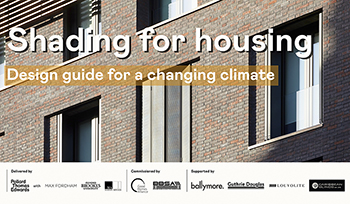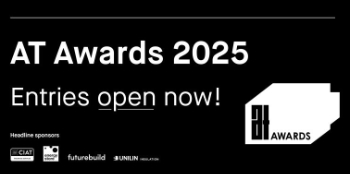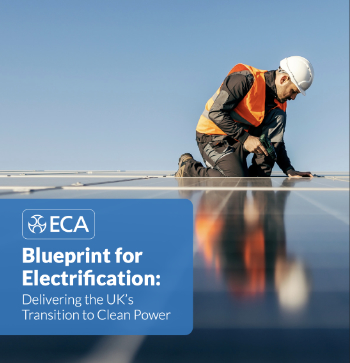Property chain
The term ‘property chain’, sometimes referred to as a housing or real estate chain, describes a sequence of homebuyers and sellers whose transactions are dependent on one another.
Each member of the chain is both selling and buying a property, other than those at the beginning, who are only buying, and those at the end, who are only selling. There can many people involved in a property chain, each with an estate agent, solicitor, surveyor, mortgage lender, and so on.
Property chains develop because a homebuyer will generally need to sell their current home in order to finance the purchase of a new home. The seller of the home they are buying will generally require the sale to finance their own new house purchase, and so on.
A property chain can be a slow and complicated process and can frequently collapse. If one particular party is delaying the process, it will impact upon the entire chain, therefore, the chain will only progress at the pace of the slowest link. It is the responsibility of the respective solicitors to ensure that the chain progresses towards its conclusion.
Some of the variables that can result in a chain collapsing include:
- One of the buyers or sellers in the chain decides not to move.
- One of the buyers or sellers has a change of circumstances.
- One of the buyers is blocked from obtaining a mortgage.
- A property survey reveals problems.
- A conveyancer takes too long to complete the necessary paperwork.
- One of the partie’s fails to sign required documents on time.
Some property chains can be much easier than others:
- If a seller has several offers to choose from they may opt for the buyer who is not in a chain trying to sell their existing home (e.g. a first-time buyer or a cash buyer).
- A new-build home is often purchased directly from a developer so does not have an upward chain.
- There may be no upward chain if a seller is selling a home that is empty.
- If one or more parties are flexible and do not require a new house to be purchased before being able to sell their existing home (for exampe if they pan to rent).
A common phrase relating to property chains is ‘no upward chain’, which means that the seller is not waiting to complete a purchase for a new home. However, there may still be a chain below them.
The phrase ‘chain-free’ means that neither buyer nor seller are waiting for another transaction to be completed. This most commonly applies to the process that exists between a first-time buyer and a new-build developer.
[edit] Related articles on Designing Buildings
Featured articles and news
Editor's broadbrush view on forms of electrical heating in context.
The pace of heating change; BSRIA market intelligence
Electric Dreams, Boiler Realities.
New President of ECA announced
Ruth Devine MBE becomes the 112th President of the Electrical Contractors Association.
New CIAT Professional Standards Competency Framework
Supercedes the 2019 Professional Standards Framework from 1 May 2025.
Difficult Sites: Architecture Against the Odds
Free exhibition at the RIBA Architecture Gallery until 31 May.
PPN 021: Payment Spot Checks in Public Sub-Contracts
Published following consultation and influence from ECA.
Designing Buildings reaches 20,000 articles
We take a look back at some of the stranger contributions.
Lessons learned from other industries.
The Buildings of the Malting Industry. Book review.
Conserving places with climate resilience in mind.
Combating burnout.
The 5 elements of seiri, seiton, seiso, seiketsu and shitsuke.
Shading for housing, a design guide
A look back at embedding a new culture of shading.
The Architectural Technology Awards
The AT Awards 2025 are open for entries!
ECA Blueprint for Electrification
The 'mosaic of interconnected challenges' and how to deliver the UK’s Transition to Clean Power.
Grenfell Tower Principal Contractor Award notice
Tower repair and maintenance contractor announced as demolition contractor.






















